The rollup allows you to perform a calculation on an entire column or a Relation. The most basic computation for the rollup is Count.
For example, in the image below we create a rollup column that counts the number of items in the Animals column. The result is a number: the total number of animals that fit that parameter.
Column or relation source
For example, in the app below we have a list of people who all have tasks. The Tasks column is a Relation that pulls in every task assigned to each individual person. We can then create a Rollup Column that counts the total number of tasks for each person.
To create a Rollup Column:
- Open the Data Editor and add a new column.
- Label your column and select “Rollup” as the column type.
- Choose which existing column or Relation you want to perform your calculation on.
- Choose which calculation you want to perform.
- Specify the precision in decimal points for your calculation, as well as if you want to use a group separator or add units to the calculation.
- Select Done, and you will immediately see your calculations fill the column.
Calculations
The Rollup Column can perform different calculations based on the data it finds in the column or relation you select.
Numbers
The Rollup column can perform calculations such as Count, Count Unique, Sum, Average, Range, Minimum, and Maximum when applied to a column that contains numerical values.
Dates
The Rollup column can perform calculations such as Count, Count Unique, Earliest, and Latest when applied to a column that contains date values.
Boolean
The Rollup column can perform calculations such as Count, Count Unique, Count True, Count False, All True, and Some True when applied to a Boolean column.
Text
The Rollup column can perform calculations such as Count or Count Unique when applied to a Text Column.
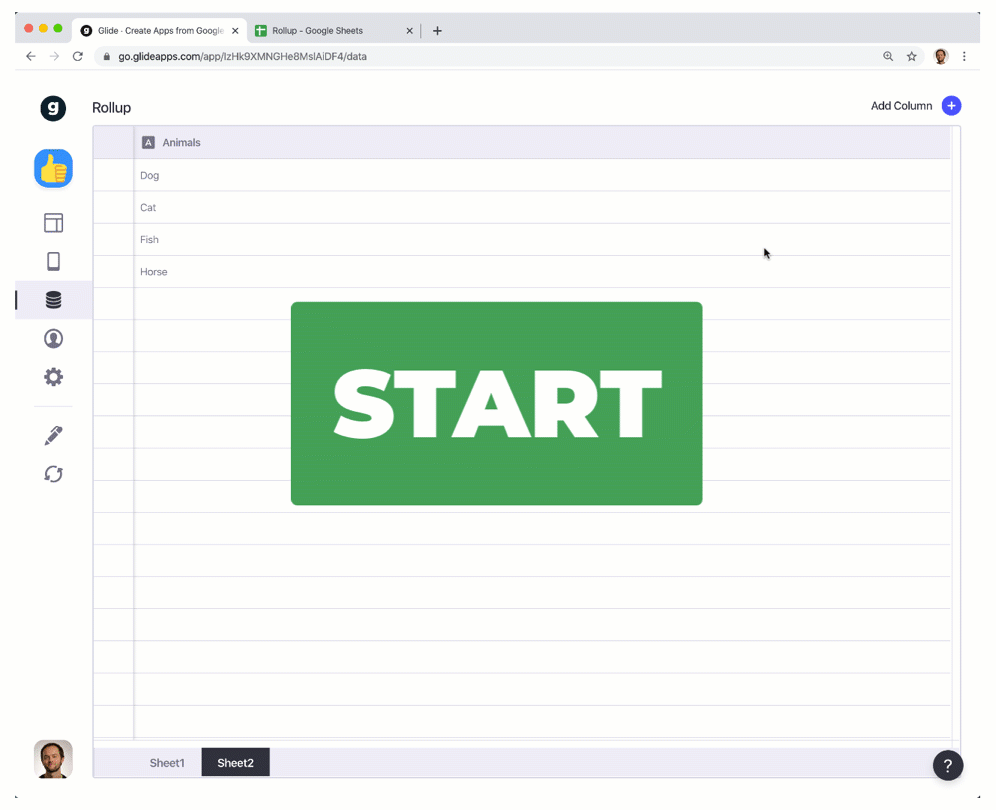
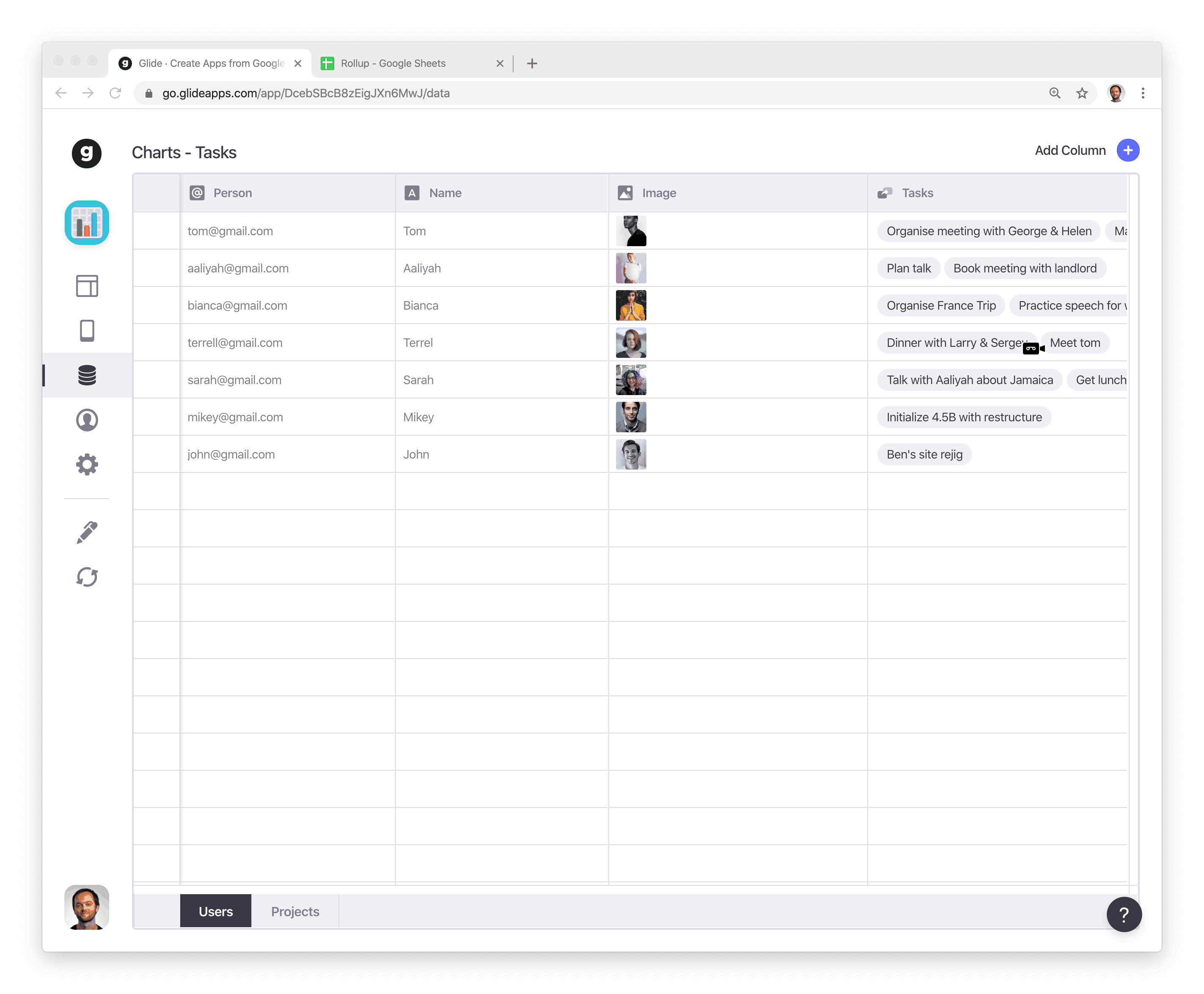
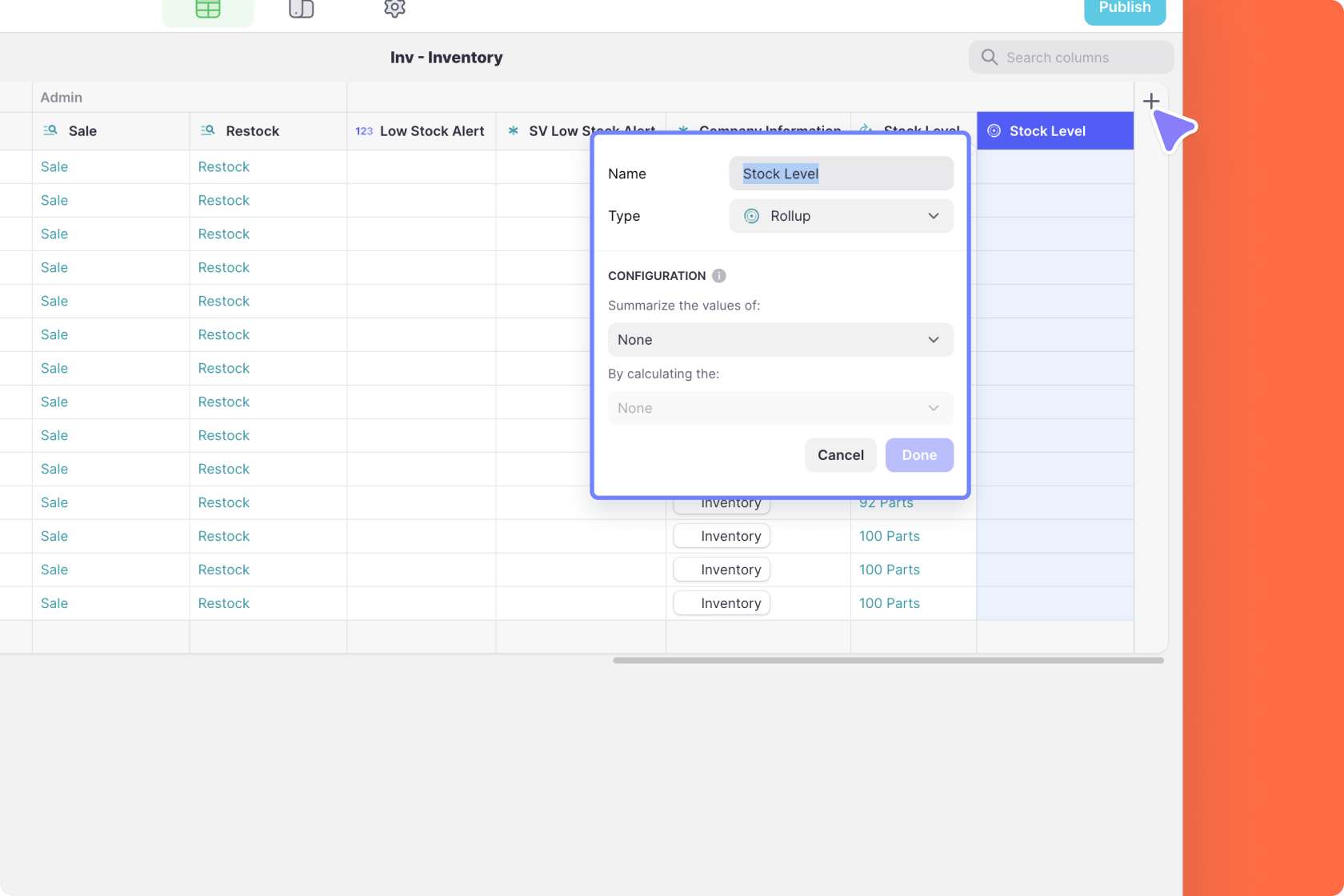
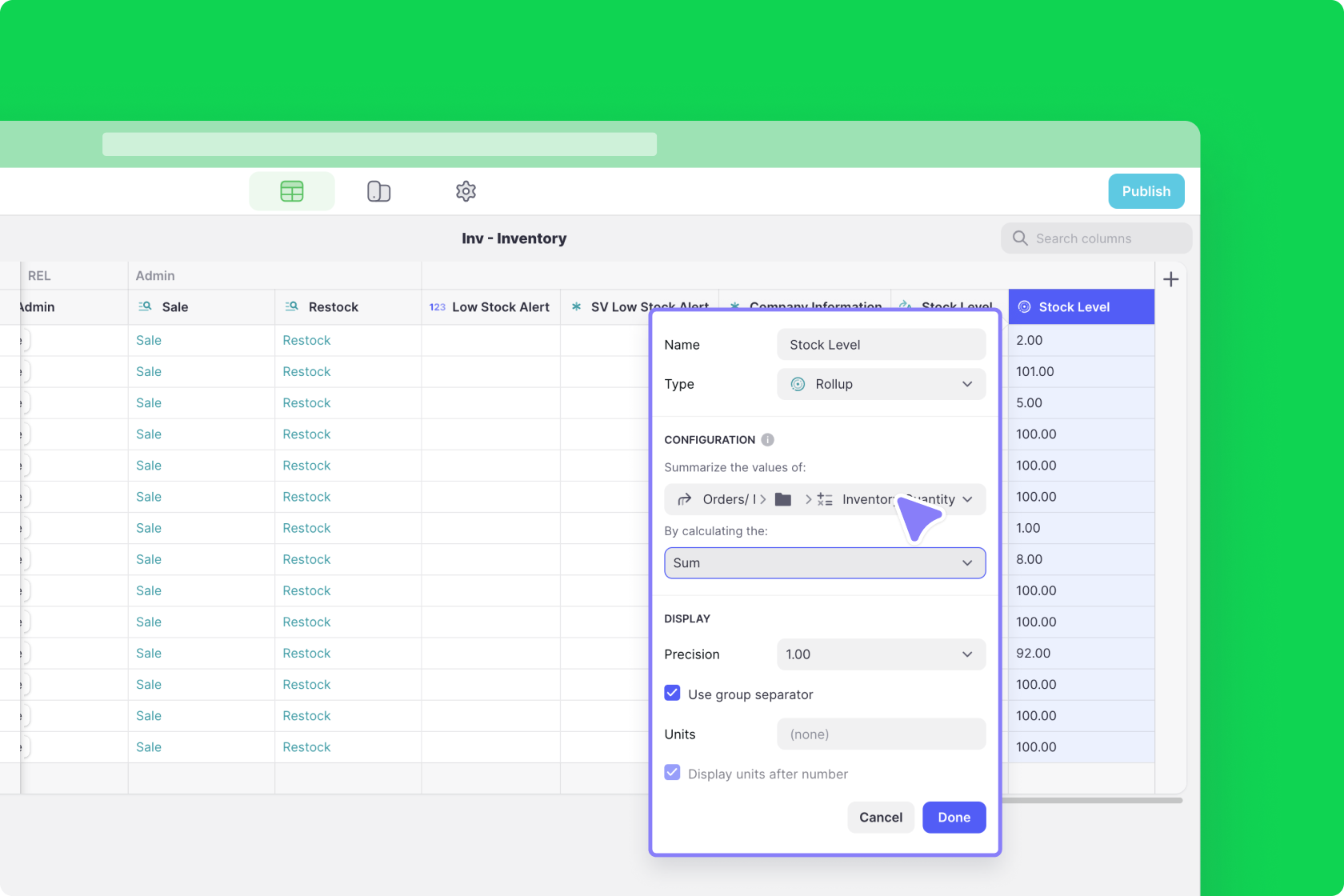
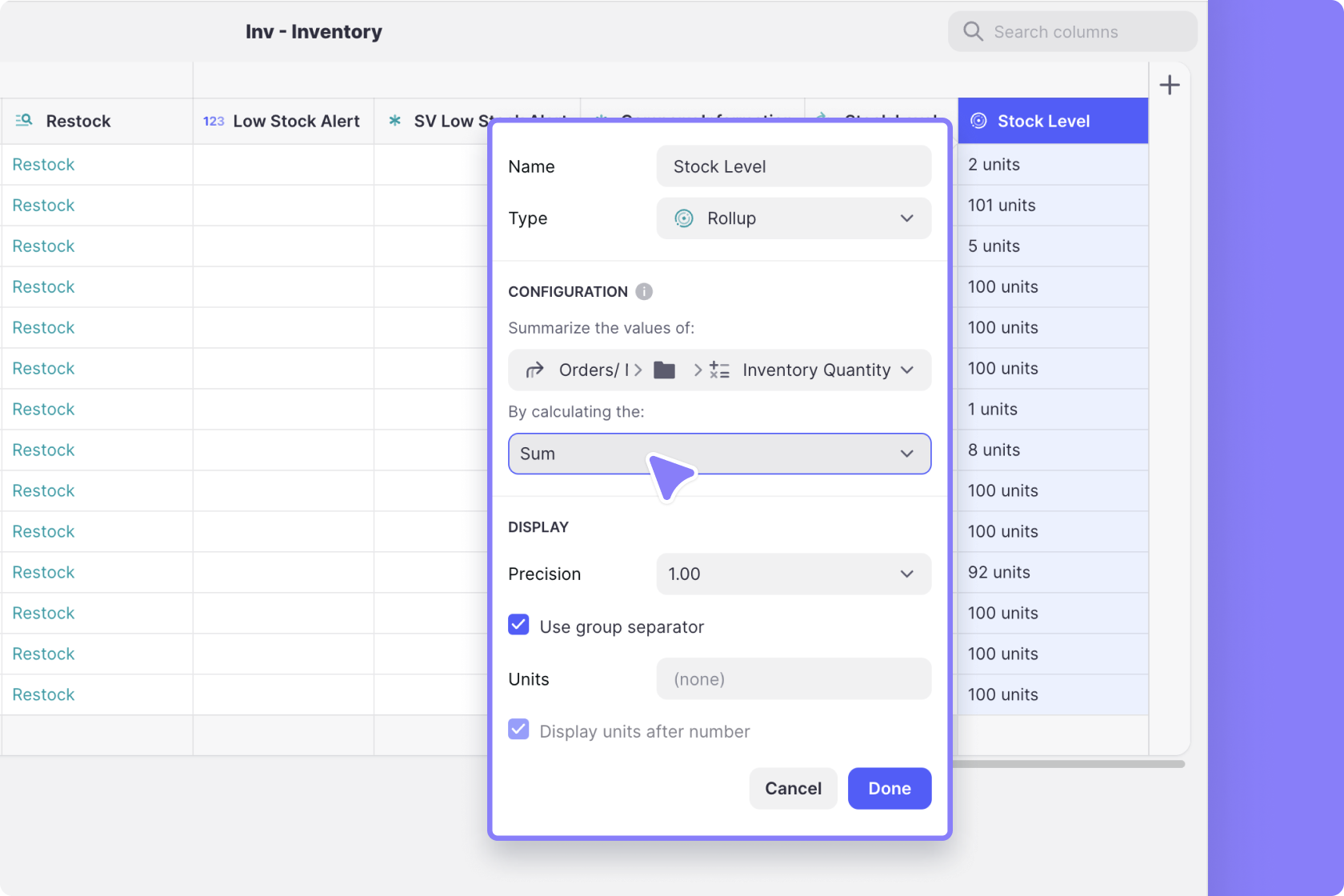
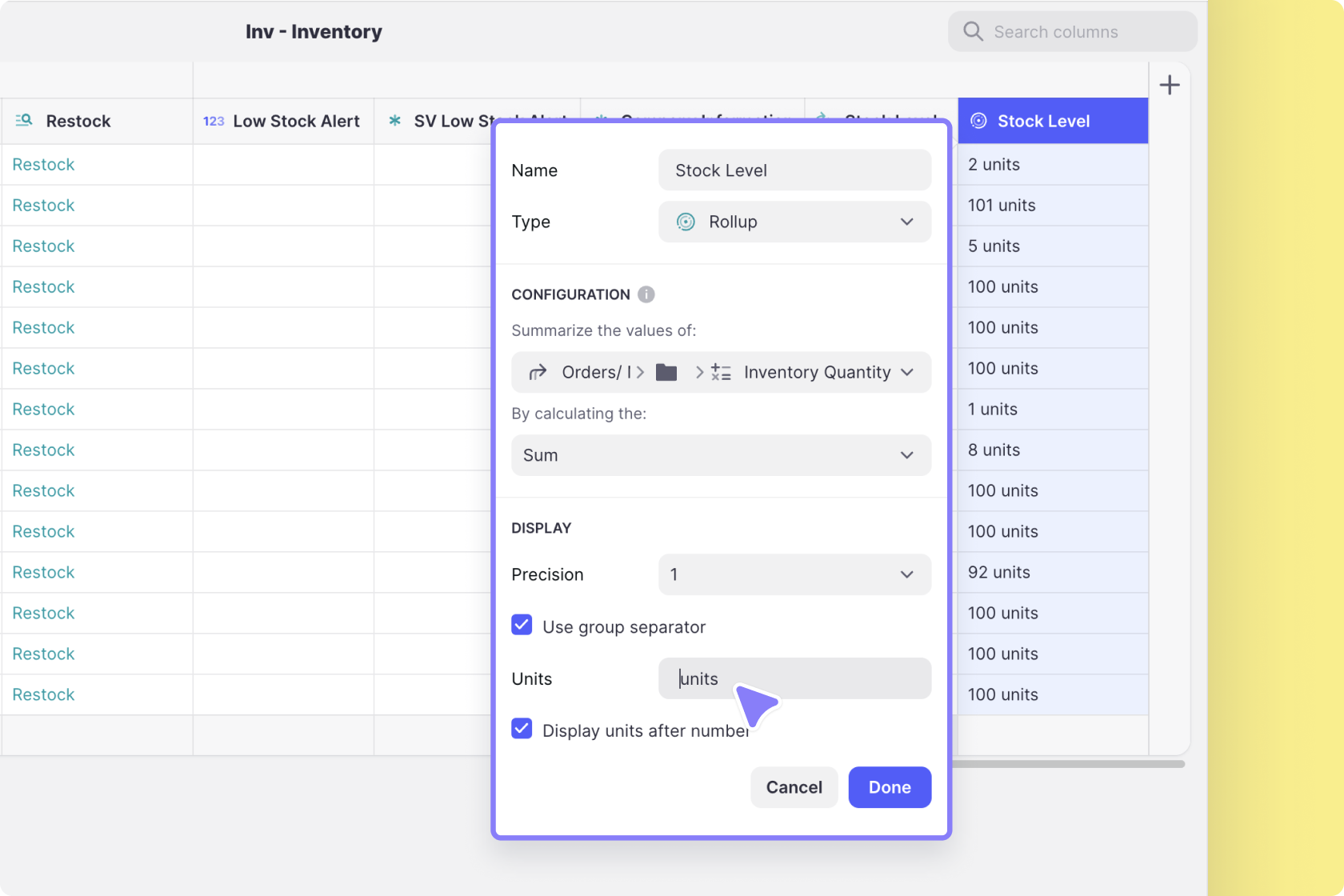
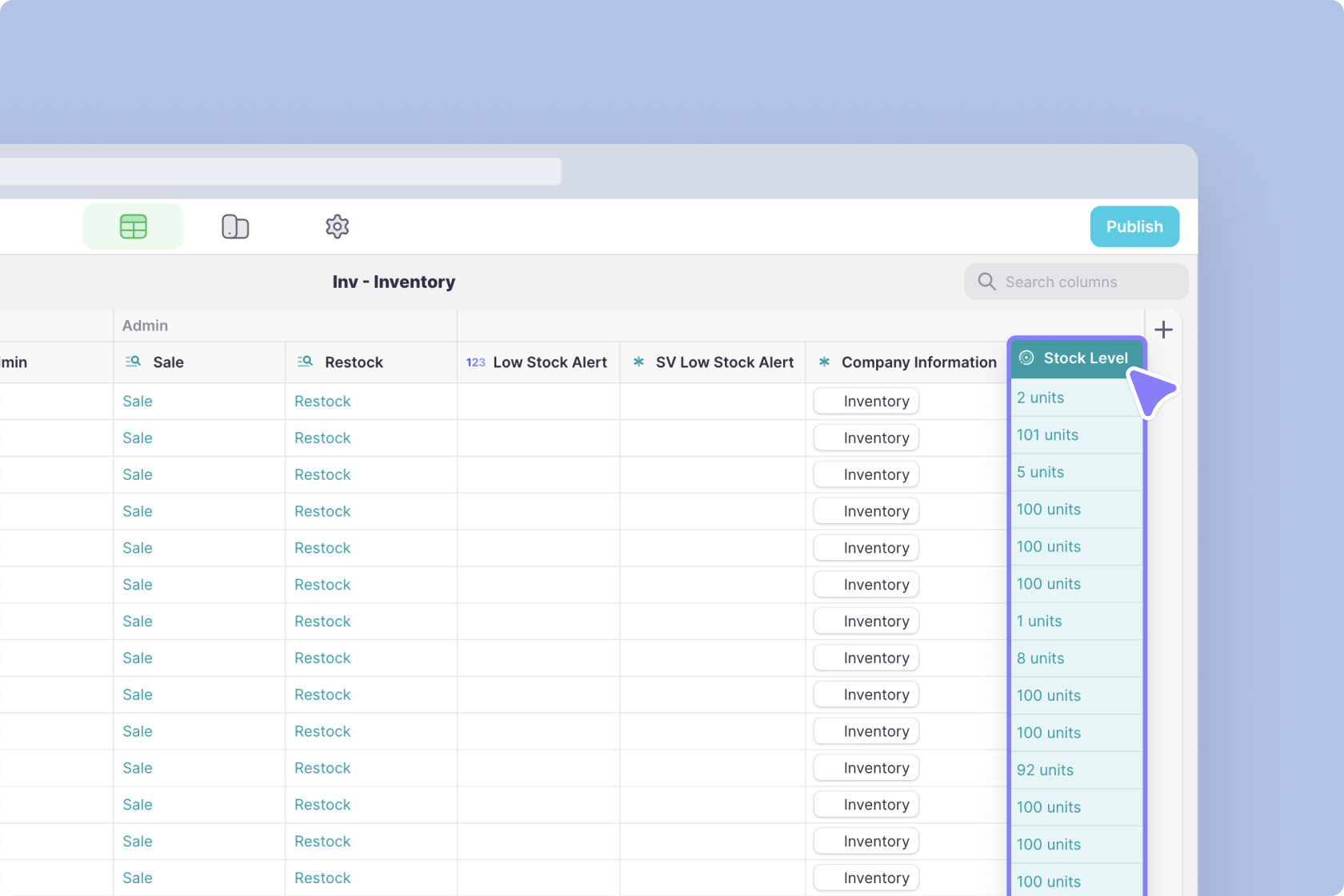
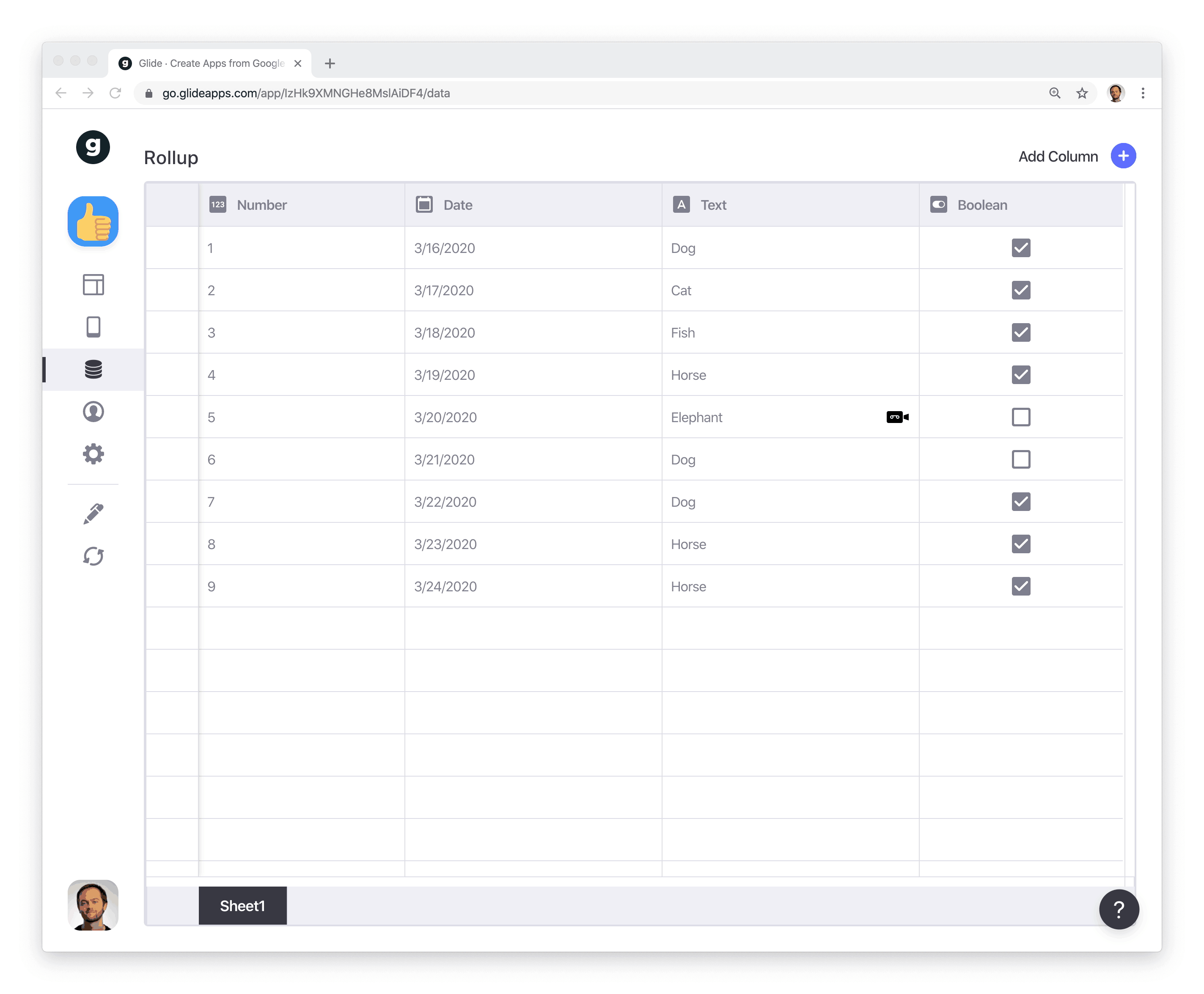
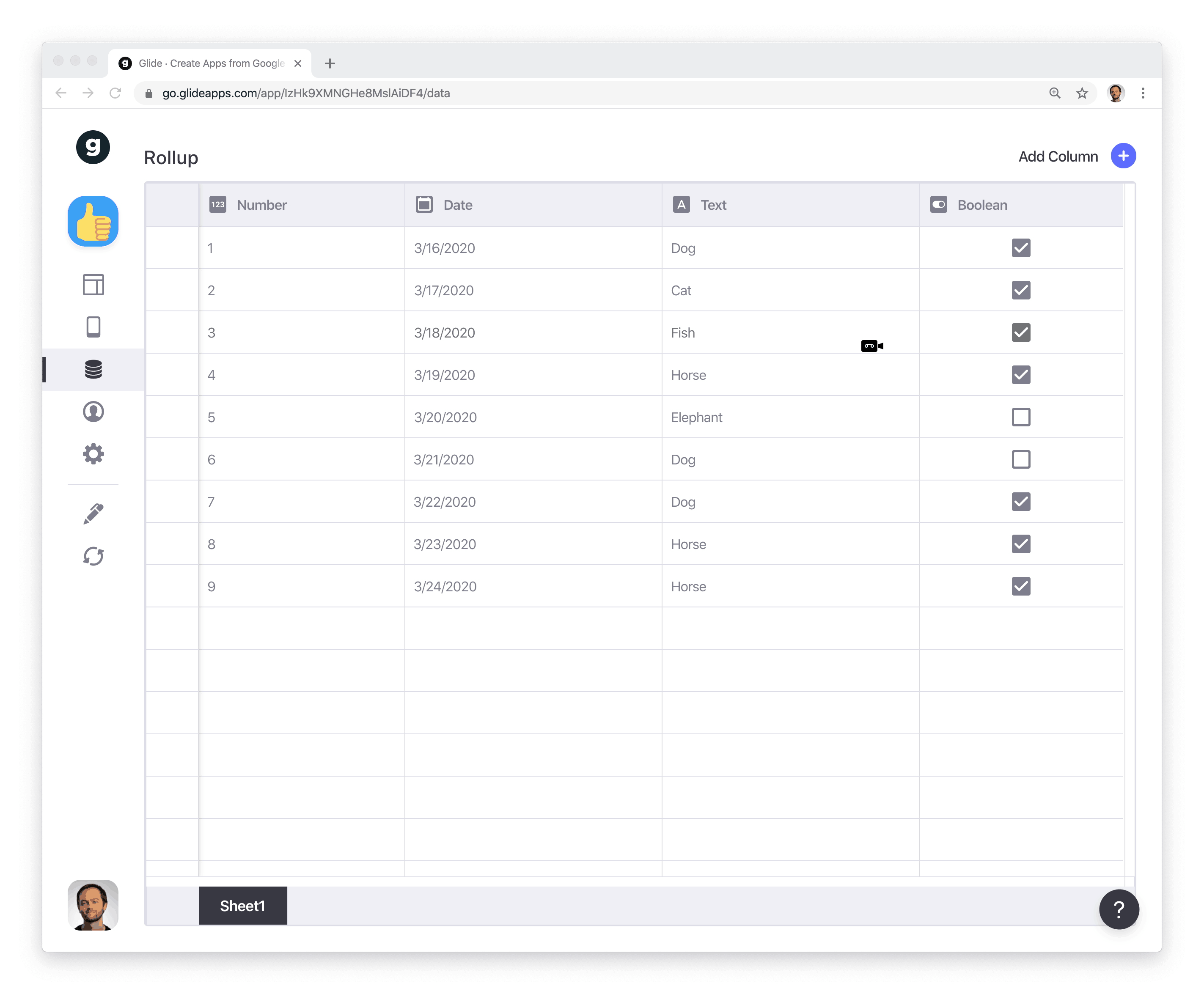
.gif)